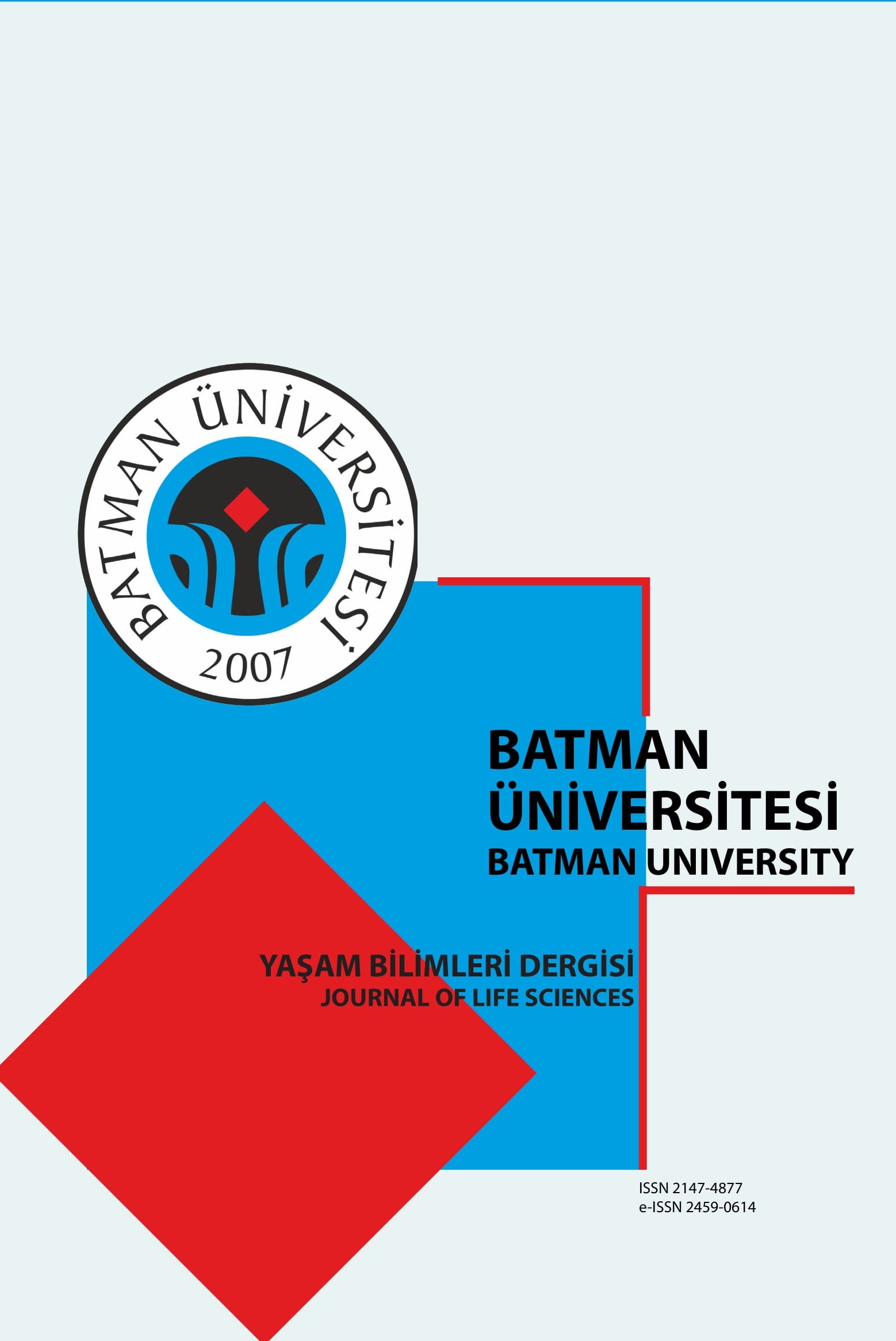ANTEPFISTIĞININ (Pistacia vera L.) MORFOLOJİK VE BİYOLOJİK ÖZELLİKLERİ İLE VERİMİNİ ETKİLEYEN FAKTÖRLER
Antepfıstığı, verimi etkileyen faktörler
MORPHOLOGIC AND BIOLOGICAL CHARACTERISTICS OF THE PISTACHIO TREES AND FACTORS THAT AFFECT YIELD
Pistachio, factors that affect yield,
- ISSN: 2147-4877
- Yayın Aralığı: Yılda 2 Sayı
- Başlangıç: 2012
- Yayıncı: Batman Üniversitesi
APPLICATION OF MULTIVARIATE PADE APPROXIMATION FOR PARTIAL DIFFERENTIAL EQUATIONS (PDE)
PETROL ARAMA ÇALIŞMALARINDA KULLANILAN JEOFİZİK YÖNTEMLERE GENEL BİR BAKIŞ
GÜZEL SANATLAR DALI OLARAK MATEMATİK
YAZILIKAYA B ODASI GİRİŞİNDEKİ ASLAN DEMONLARININ İKONOGRAFİK VE İKONOLOJİK DEĞERLENDİRMESİ
ENERJİ GÜVENLİĞİ: NATO’NUN KÜRESEL ENERJİ GÜVENLİĞİNDEKİ ROLÜ
Murat SİLİNİR, Gökhan KARHAN, Mücahit ÇAYIN, Nihat AYDENİZ
Mücahit ÇAYIN, Gökhan KARHAN, Murat SİLİNİR, Nihat AYDENİZ
Ahmet ONAY, Engin TİLKAT, Yusuf ERSALI, Emine AYAZ TİLKAT, Veysel SÜZERER
